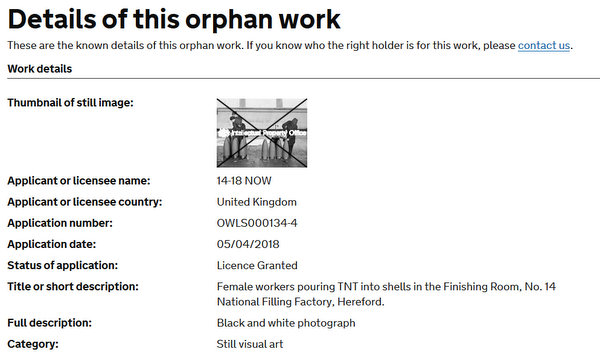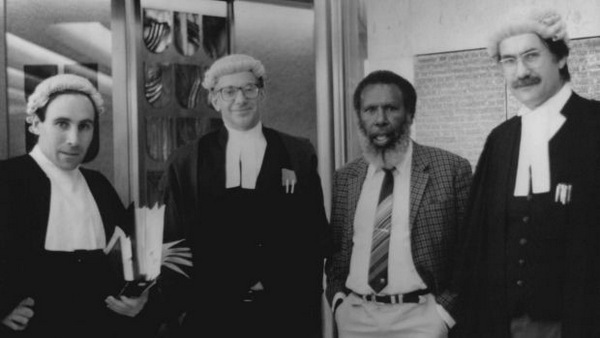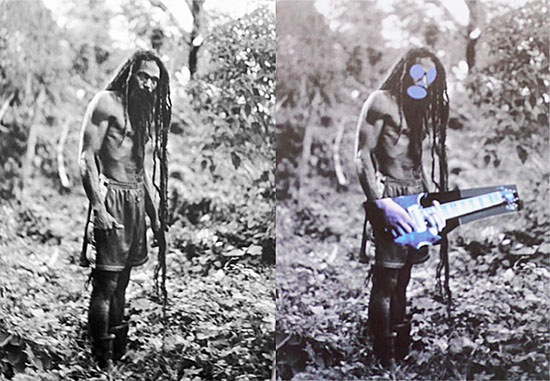The Federal Government has announced proposed copyright reform, and while this includes the potentially troubling Orphan Works exception, the more controversial and harmful US-style Fair Use exception is no longer under consideration. This marks the beginning of an end to an eight-year inquiry into reforming copyright, with Australian creatives likely to welcome the reforms which mostly benefit cultural and educational institutions.

On August 13, Paul Fletcher, minister for Communications, Cyber Safety and the Arts, released a press release indicating the Morrison Government’s plans to reform copyright law based on the Productivity Commission’s 2016 Intellectual Property Arrangements report.
Proposed copyright reform covers things like permitting non-commercial quoting of copyrighted materials and removing limitations that prevent teachers from using copyright materials in a classroom. The most pertinent for photographers being a ‘limited liability scheme for use of Orphan Works’. As the name suggests, orphan works are copyrighted materials which have become separated, or ‘orphaned’, from their creator.
‘The reforms follow two years of extensive industry consultation and will finalise the Government’s response to copyright recommendations in the Productivity Commission’s 2016 Intellectual Property Arrangements report,’ minister Fletcher said. ‘The need for change has been further highlighted during COVID-19, with schools, universities, cultural institutions and governments moving more services online.’
During those consultations, the government discussed Orphan Works with Chris Shain, an award-winning Sydney commercial photographer and the AIPP’s adviser on copyright.
‘There are aspects which are perfectly reasonable with Orphan Works. It’s just a matter of limiting the damage,’ Shain told Inside Imaging in 2018. ‘We need to have some control over commercial exploitation of Orphan Works. That’s where the trouble starts for photographers. Non-commercial stuff, like galleries and archive collections, that’s understandable and a reasonable position.’
Under the government’s current Orphan Works proposal, the use of copyright material will be permitted provided two factors are met. Firstly, a ‘reasonably diligent search’ must be undertaken which doesn’t locate the copyright owner; and secondly, ‘as far as reasonably possible, the work has been clearly attributed to the author’.
The government points out this has the ‘dual benefit of opening up “orphaned” copyright material to be used in modern creative endeavours, as well as providing richer access to a larger collection of works in our public collecting institutions’. Cultural institutions with large historic archives, such as libraries and museums, will benefit from Orphan Works, as some material cannot currently be utilised due to potential copyright liability.
The government will release more details of its proposed reform later this year, and copyright advocacy groups will be paying close attention as to whether the Orphan Works scheme will be open to potential exploitation, particularly in relation to digital image files.
A major concern is the interpretation of ‘diligent search’. If left ambiguous, it could create potential legal issues for copyright owners when attempting to protect their work. For example, it’s incredibly easy for online images to be separated from their creator, with some social media platforms even stripping metadata, a digital signature, from uploaded photos. There’s a real worry that a team of lawyers, acting on behalf of a rich client, could successfully argue a diligent search consisting of a few cursory Google searches renders the work an orphan. If the law surrounding Orphan Works remains ambiguous and open to interpretation, the balance of power will lean toward the party more capable of fighting a long and hard court case. That typically ain’t photographers.
As Shain previously stated, Orphan Works can be implemented in a way which minimises harm, with the UK’s system serving as an exemplary model. Despite tremendous opposition from UK photographers and creatives, the UK adopted an Orphan Works exception in 2014. In 2018 the UK’s Intellectual Property Office (IPO), which handles Orphan Works, told Inside Imaging there hadn’t been a single complaint in four years. Since then, it appears the exception continues to run without controversy. In 2018, Shain advised the Australian government to adopt a similar regulatory system to the UK.
What’s also interesting is that in four years, the IPO had only received 801 Orphan Works applications. Seems like a relatively small figure, and hardly representative of the apparent troves of unauthored material that the UK’s cultural institutions were prevented from using.

See ya later, Fair Use!
One of the most significant factors in the government’s announcement is what has been left out. With no mention of the US-style Fair Use exception, it appears the government has finally ditched this harmful measure, which permits copyright infringement based on numerous factors, including whether the defendant can prove the use was ‘transformative’. There’s no doubt the fierce debate that ensued rendered Fair Use too controversial.
In the US, Fair Use has had a disastrous affect on some photographers in the legal arena. The most famous and baffling examples of Fair Use involves serial art appropriator, Richard Prince, who exploits the exception to infringe against photographers. His lawyers successfully argued that his copyright infringement against French photographer, Patrick Cariou, was Fair Use due to ‘transforming’ the image by making a slight collage edit.

Fair Use is now entirely off the table. It’s surprising the biggest proponent of fair use, the Australian Digital Alliance lobby group, which advocates to ‘balance’ copyright law, has welcomed the government’s reform and not kicked up a fuss. It’s membership includes big tech corporations such as Facebook, Google, and RedBubble, along with cultural institutions and universities.
Although not everyone is happy. StartupAus described the exclusion of Fair Use as ‘deeply disappointing’, as it ‘limits Australia’s capacity to build businesses in some of the most high-value emerging technologies in the world’.
‘This head in the sand approach limits our ability to build world-class tech firms. At a time when we’re looking for low-cost, high-impact ways to drive jobs growth and innovation, refusing to take action to get these basic building blocks right just doesn’t make any sense,’ said StartupAUS chief executive Alex McCauley.
The argument is that tech companies that aggregate copyrighted material, such as Google and Wikipedia, could not be founded in Australia due to strict IP law.





Love your awesome work Chris Shane and great story Will.
Thanks Chris for your lifelong work defending copyright here and abroad for all of us.
This is good and bad news. At least stripping copyright now has a legal precedent for DMCA:
https://www.photoattorney.com/dmca-doesnt-require-knowledge-of-3rd-party-future-infringement/
Hard part is proving it.